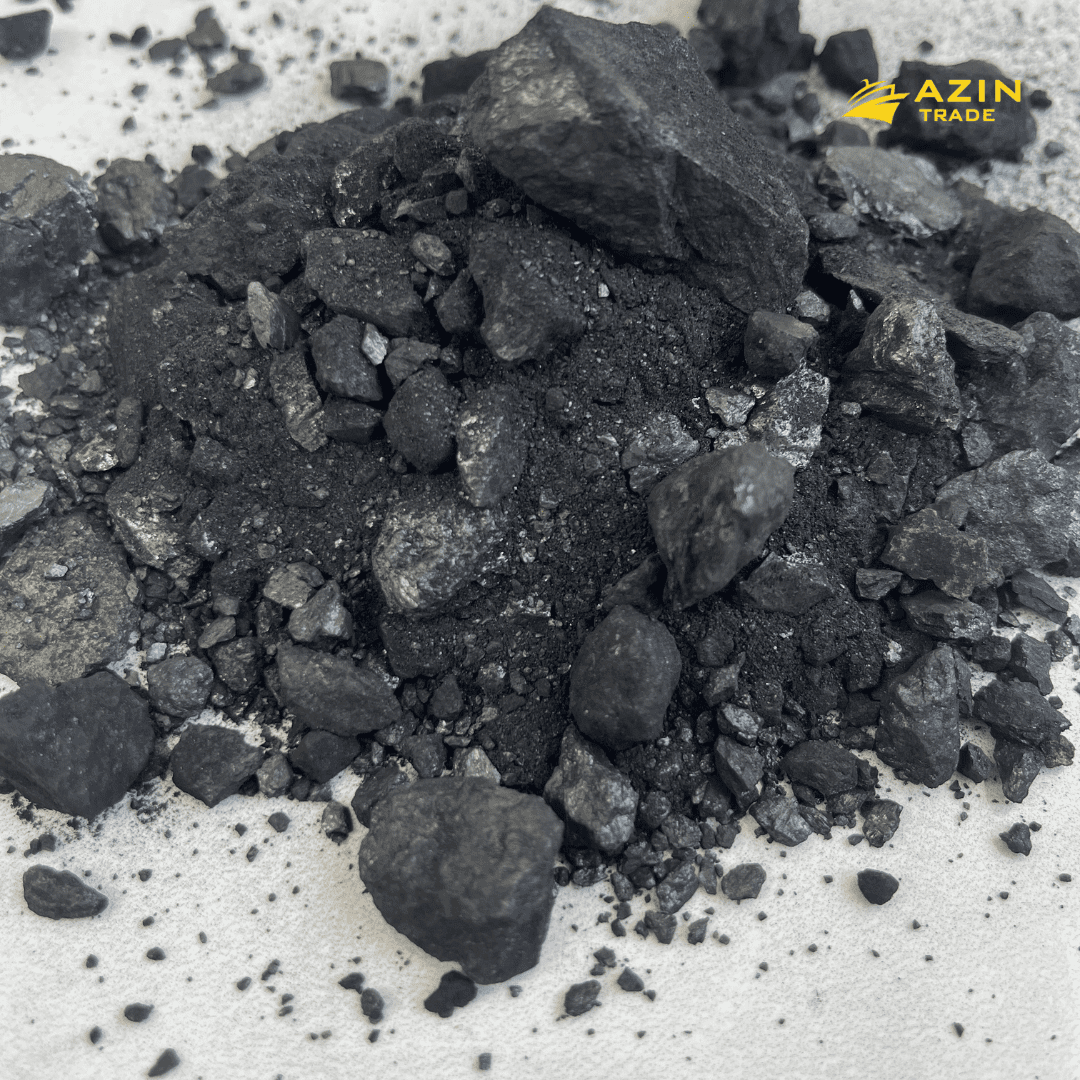Abundant and Accessible:
One of coal’s notable advantages is its widespread availability. It can be found in numerous regions around the globe, making it a reliable source of energy for countries with limited access to other resources. Its abundance contributes to energy security and provides economic benefits by reducing dependence on imported fuels.
Economic Impact:
The coal industry has historically played a significant role in local economies, providing jobs and supporting communities. Mining, transportation, and power generation associated with coal contribute to employment and economic growth in regions where coal reserves are found. The industry’s presence often stimulates related sectors such as manufacturing, steel production, and transportation.
Challenges and Environmental Impact:
Despite its advantages, coal is not without challenges. The combustion of coal releases carbon dioxide (CO2), a greenhouse gas contributing to climate change. The mining process can have environmental impacts, such as land disturbance and water pollution. Efforts are being made to mitigate these issues through cleaner coal technologies and strict environmental regulations.
Transition and Future Prospects:
The global energy landscape is undergoing a transformation, with increased focus on renewable and cleaner energy sources. As the world strives to reduce greenhouse gas emissions and combat climate change, there is a growing shift towards cleaner alternatives. However, coal will likely continue to be used in the near term, and technologies like carbon capture and storage (CCS) hold promise for reducing its environmental impact.
Conclusion:
Coal has played a significant role in powering human progress and meeting energy demands for centuries. While the world moves towards cleaner energy sources, coal remains an important part of the energy mix. Balancing the benefits of coal with the need for environmental sustainability is a challenge that requires continued innovation, research, and collaboration





